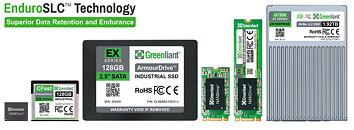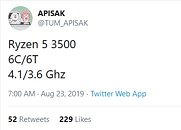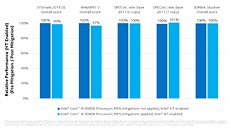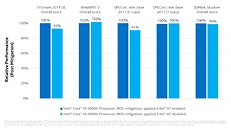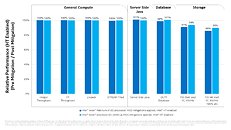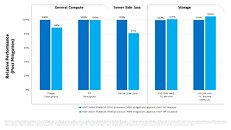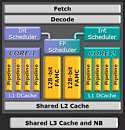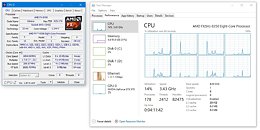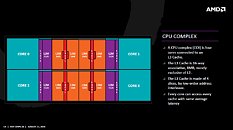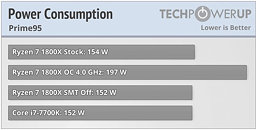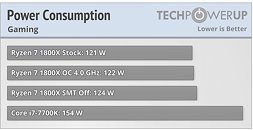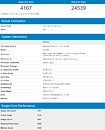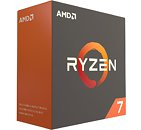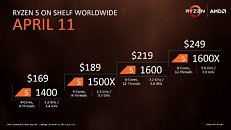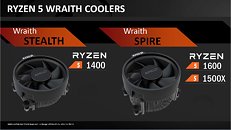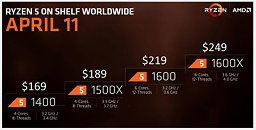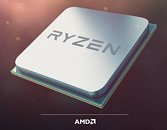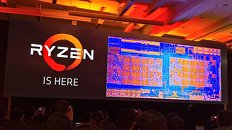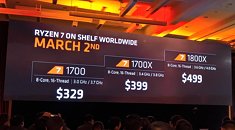Atlus Announces "Shin Megami Tensei V: Vengeance" for PC & Console Platforms
ATLUS has announced Shin Megami Tensei V: Vengeance, coming to the Nintendo Switch family of systems, PlayStation 5, PlayStation 4, Xbox Series X|S, Xbox One, Windows and Steam on June 21, 2024. The latest title in the series, Shin Megami Tensei V: Vengeance allows players to enjoy the story of Shin Megami Tensei V in its entirety, with a new story path, untold in the original. Massively expanded with new areas, demons, and music, Shin Megami Tensei V: Vengeance features more accessible gameplay, an improved battle system, new demon experiences, and greater field exploration.
When a grisly murder scene in modern-day Tokyo blocks the protagonist's walk home, an unplanned detour leaves him buried and unconscious. He finds himself in a wasteland ravaged by apocalypse now called Da'at. Before bloodthirsty demons can claim his life, a savior emerges, and they unite to become a mighty being, neither human nor demon: a Nahobino.
When a grisly murder scene in modern-day Tokyo blocks the protagonist's walk home, an unplanned detour leaves him buried and unconscious. He finds himself in a wasteland ravaged by apocalypse now called Da'at. Before bloodthirsty demons can claim his life, a savior emerges, and they unite to become a mighty being, neither human nor demon: a Nahobino.




















